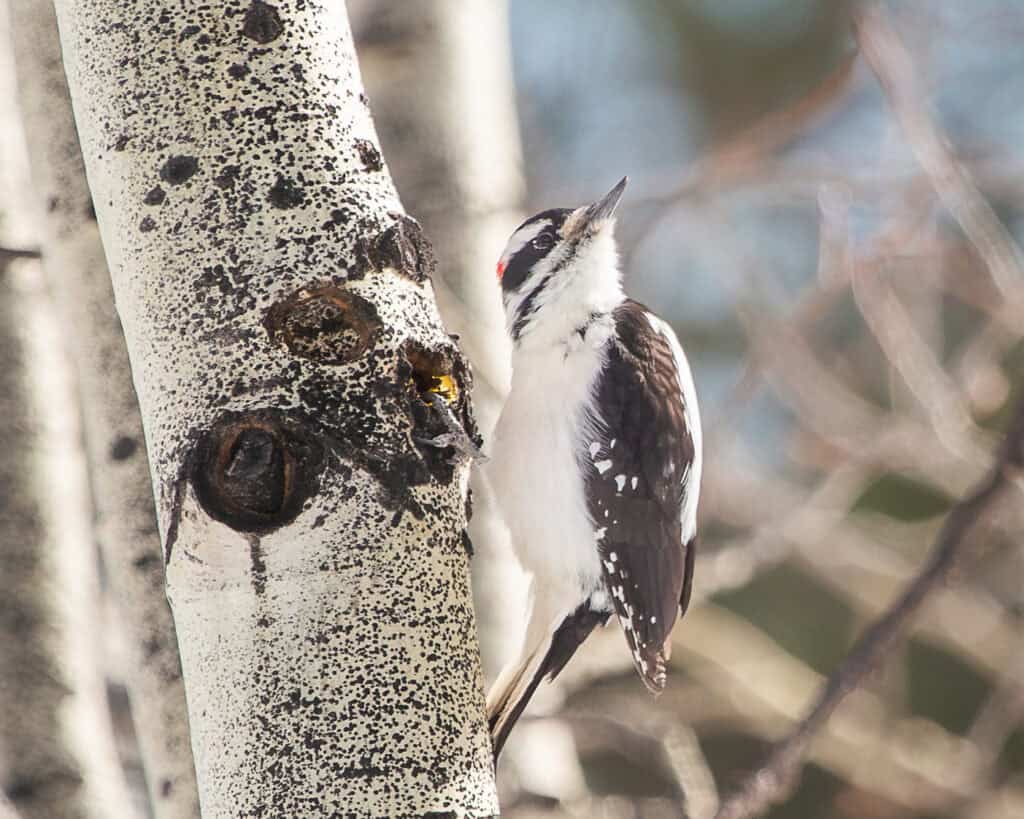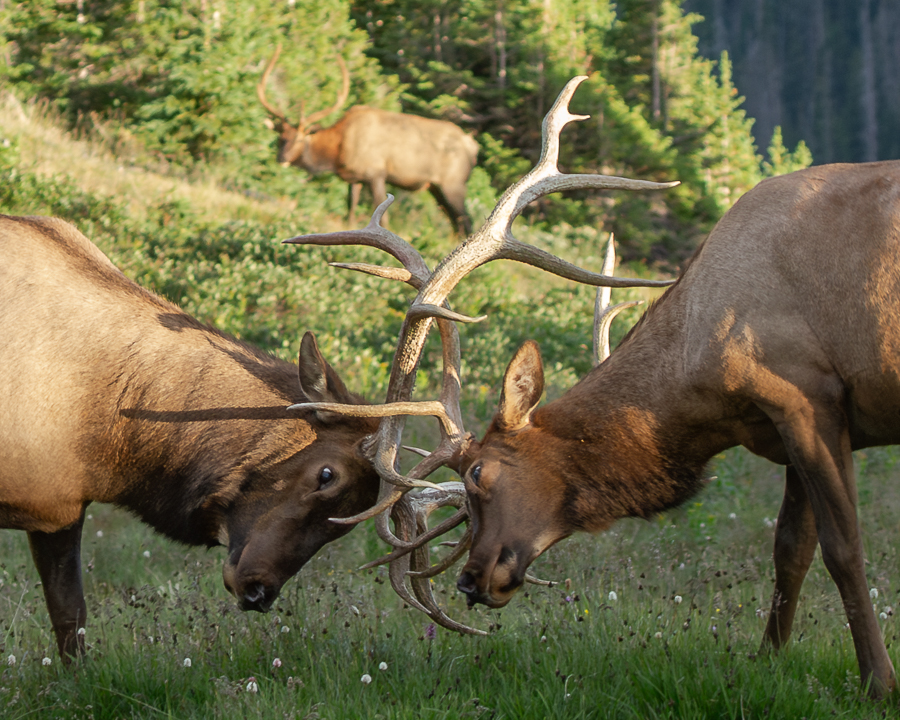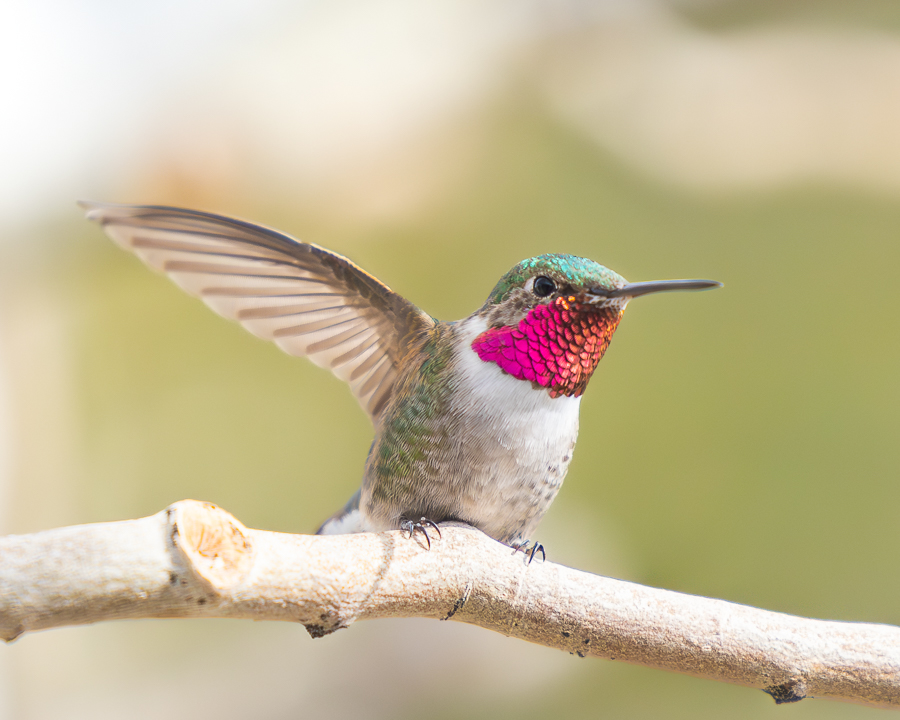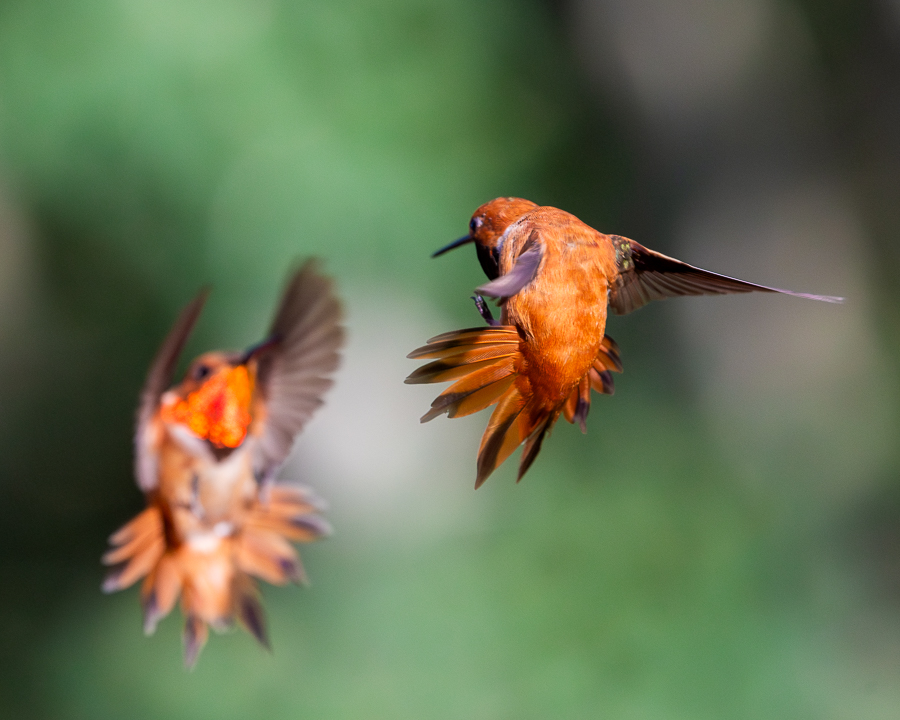As we get closer to summer, we are starting to see more of this year’s newest additions to the wild kingdom. Foxes and coyotes have already brought their litters into the world, and in another month or so the kits and pups will be on their own. Late May and early June brings the next round from the feaure of this weeks article, the deer family.
Baby deer are well known as fawns, and baby moose and elk share the term calves for their offspring. These wobbly little wonders are quite adorable to watch as they make their way about the wide, new world. That said, the wandering is typically done under the watchful eyes of mama, which leads me to the heart of the article and an interesting tactic utilized by 2 of the 3 members of the family (deer and elk), the stashing of their babies.
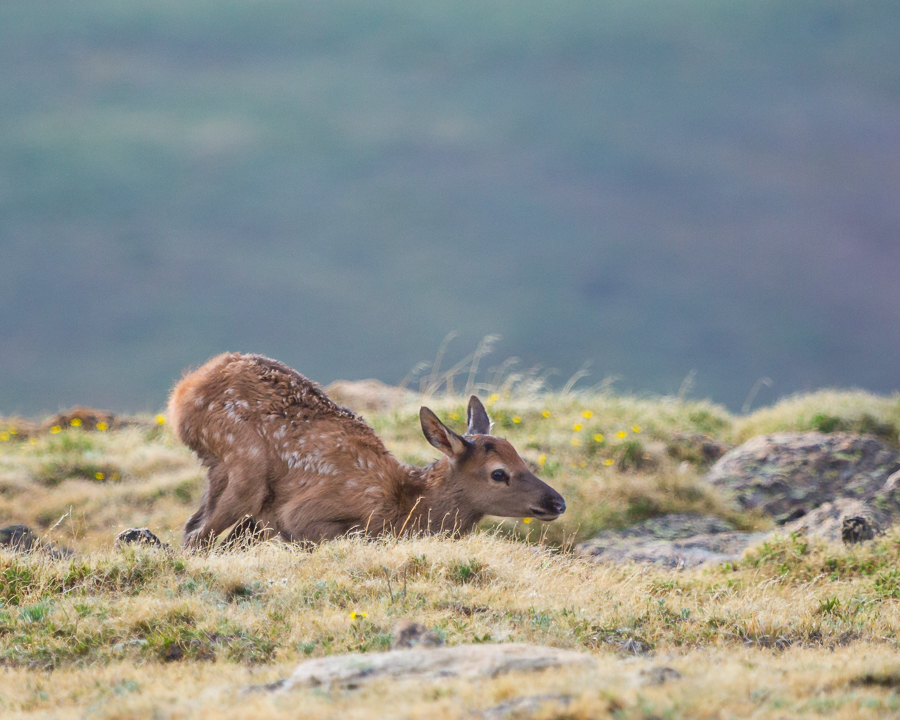
The stashing of a fawn or elk calf is a tactic whereby the mother finds a secluded place to keep their baby(s) while they graze. It is intended to be a method of protection from predation, as while it might seem that the baby would be far more vulnerable, it allows the mother to lure a potential predator away from the baby before it is noticed. This spot can be under a bush or shrub, or in the case of the high, treeless alpine tundra, a place a simple as a shallow divot in the ground, as seen utilized in this week’s image.
The babies instinctively know to stay completely still and quiet while mama is away. Adding to the success of the stash are the well known spots on fawns and elk calves which help to provide camoflage when stashed. By the end of their first summer, they are no longer stashed, and thus grow out of the spots.
Fawns and elk calves have also evolved to have a very faint scent. This helps to deter predators as well, as they are harder to track. Part of the effectiveness of stashing is that the mothers can spend up to a few hours at a time away from the babies, thus minimizing their own scent rubbing off on the babies in this vulnerable time. They will return every so often to nurse, but in general will keep their distance. That said, they typically tend to stay withing a hundred yards or so, so never too far, and they never truly abandon their young
It is imperetive to understand this behavior. Sadly, it is not uncommon for unknowing humans to come across a stashed fawn or calf, not see a mother nearby, and assume it has been left behind. The story usually ends with them scooping up the baby and taking it to an animal shelter, thus separating the mother and child for life and likely ending up with the baby living its life in captivity. At this young of an age, they will imprint too much with a human, and won’t ever successfully reintegrate to a herd.
Interestingly, while moose babies are also stashed, it is only done to a much lesser degree, and mama is never as far away as deer and elk mothers might wander to graze. It is assumed that since moose are not herd animals, their independent life lends towards the mother being far more protective of her offspring. Rather than try to distract a predator away, it is likely said predator wants nothing to do with an adult moose to begin with, thus leaving the mother to rely on sheer aggression to protect her young, creating the need for her to stay close.
As most here in the Peak to Peak region are well aware, a mama moose is statistically the most dangerous and aggressive animal in the state, so it pays to be very alert when hiking or biking this time of the year, especially with dogs. It is relatively safe to assume that if one encounters a female moose, a baby or yearling is nearby, and even if one isn’t present or at least seen, one needs to keep distance.
I mentioned earlier that the baby will stay still and silent, but the elk calf image I chose to couple with the article slightly belies this statement. In this case, the calf was stashed quite near a tundra trail that was fairly heavily trafficked by humans. It was quite a successful stash, as the baby wasn’t noticed at all until the mother, grazing well over 100 yards away, began to head back to the calf to nurse. It is quite likely that had it not been for the mother’s calls as she made her way back, causing the baby to rise, it would have remained there within yards of countless humans completely undetected, thus proving the amazing efficacy of a very simple tactic of survival in the wild.
Originally published in The Mountain-Ear

